Easy Fixes and Quick Upgrades Can Be Worth It When You Sell Your Used Car
 Your car’s value is based mostly on age and mileage, but what are some other ways to get more money for your used car?
Your car’s value is based mostly on age and mileage, but what are some other ways to get more money for your used car?
Assuming everything under the hood is working properly, you may be able to squeeze a couple thousand more dollars out of your used car.
1. Lights, Filters, Action: Start With Some Easy Fixes
If you want to get more money for your used car, these fixes are cheap, easy, and some can even be done yourself.
Lights: Crank your car, turn on the headlights, and take a lap around the vehicle. Are your blinkers, headlights, fog lights, tail lights, reverse lights, tag lights, and high beams working? This is an inexpensive fix. Tag lights start at a few dollars and headlights are typically $35 each.
Oil: You can change your own oil in about 30 minutes for about $40, but with places like Take 5, you’re better off paying them to do it in less than 10 minutes for the same price.
Having a fresh oil filter and oil in your car shows that it’s been cared for, and it also keeps your engine running smooth.
Fluids & Filters: While we’re talking about oil and oil filters, get your other fluids topped off and filters replaced. This is another quick fix at your local dealership or garage.
You can also go to your local auto parts store and have them help you find all the right fluids and filters for your particular make and model. Most of the filters and fluid reservoirs can be easily accessible from the hood.
Belts: Most of the belts under your hood need to be changed every 50,000 miles. So, chances are you should think about swapping these out if you’re selling your car. If you hear squealing, chirping, or knocking when you drive, it’s probably a belt.
The good news is this isn’t an expensive fix at the auto shop. And it’s something you can probably do yourself. Especially with this helpful guide from the Family Handyman.
2. Remove After-Market Customization
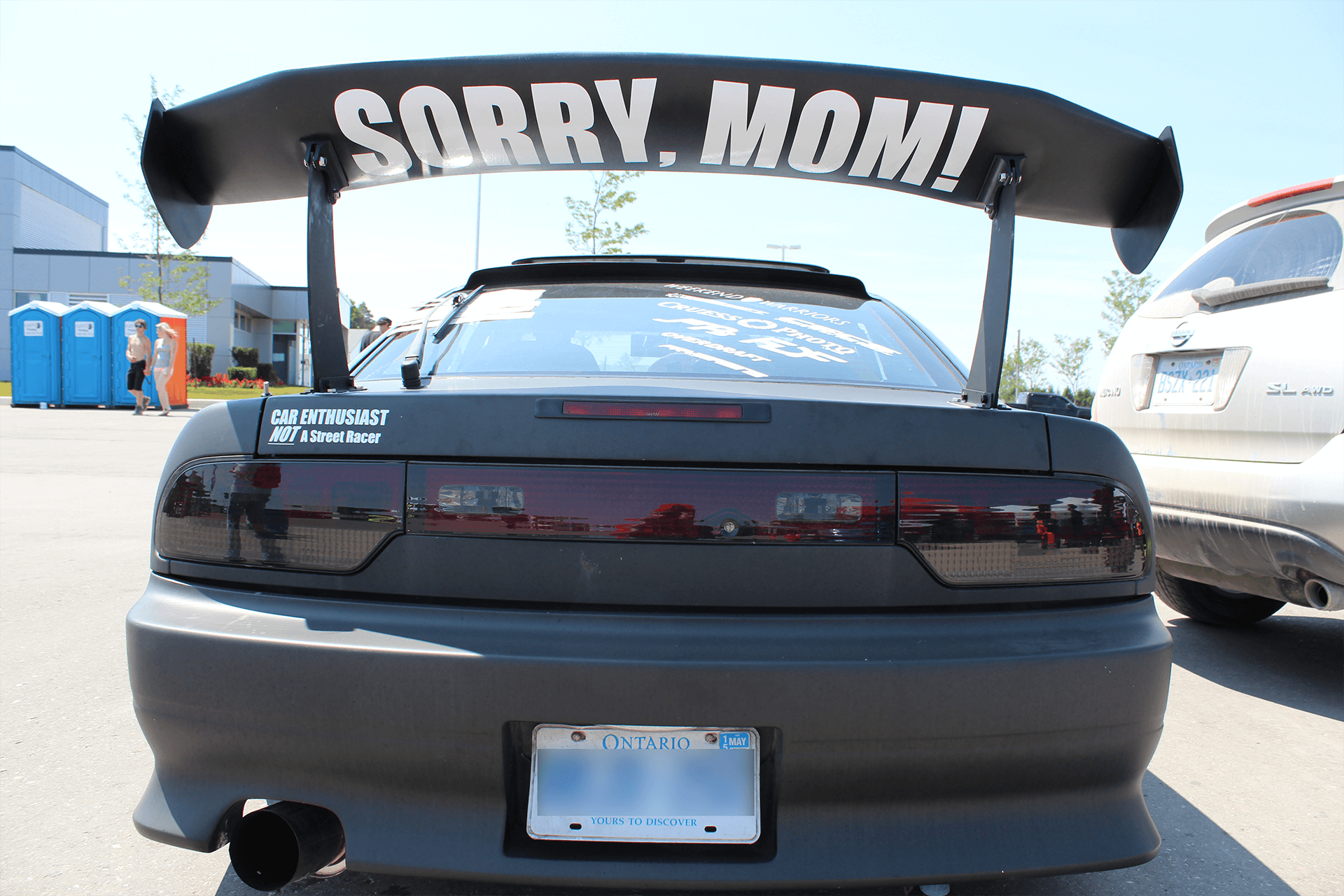
“Sorry mom!” (CC BY 2.0) by Fenixn
The carbon-fiber spoiler on your totally blacked-out Honda Civic looks awesome (we mean it!). However, most dealerships and private buyers are just trying to get to work and not planning to take it to the next level.
It’s also more difficult to service a vehicle that isn’t in stock condition. So dealerships buying cars through auctions or trade-ins are wary of after-market upgrades.
3. A Good Detail
Look around town for an old gas station that’s been converted to a detail shop. You’ll know you’ve found the right one when you see a couple of luxury cars parked off to the side shining in the sun.
The folks in that detail shop can make your car look as good as it can, inside and out.
Or you can grab a bucket and a sponge and do it yourself. Invite your friends over. Spray each other with hoses. It’ll be fun!
Basically, you get more money for your used car when it looks its best.
4. Polish the Scratches and Dents
Once your car is totally clean, you’ll be able to see the scratches, dents, and paint chips. Your local auto parts store can help you find a touch-up paint kit that matches your car.
5. Replace Your Cracked Windshield
How long have you been looking past that crack in your windshield? Yeah, us too.
The good news is this only costs a few hundred dollars and your insurance might (🤞 ) pay for (some of) it. You’ll be upset you didn’t do it years ago. But you won’t be that’ bummed, because you’ll probably get more money for your used car.
6. Replace Floor Mats
Your floor mats take a beating, there’s no way around it. After giving the interior a good vacuum (or taking it to the detail shop), check for large worn areas, holes, and stains. If you see a couple, consider purchasing replacements. Factory Interiors sells replacements for nearly every car made, and most come in well under $100.
7. Dash Lights
That check engine light is intimidating, but it may not be as bad as you think. Seriously, it could be as simple as a spark plug or gas cap issues.
You can even order your own code scanner and diagnose the issue from your phone.
Face those dash lights head-on, it may be easier than you think.
8. Proper Documentation
When it comes time to finalize the sale of your car, you’re going to need to make sure you have your documents in order. We even put together a helpful list of the seven documents that will ensure a smooth transfer of ownership.
Shameless plug: If you sell your car with Carmigo, we’ll handle most of this for you.
9. Keep Good Maintenance Records
If you’ve kept maintenance logs and invoices from any work you’ve had done on your car, it can go a long way in proving the condition of your car.
This is especially true for an older vehicle. As the odometer ticks up, buyers get nervous. But being able to show that your car has had regular maintenance will show that it’s in tip-top shape.
10. Now What?
Now that you’ve gotten your car all fixed up, it’s driving better and shining brighter. Take it on one last right down easy street, and then put it on the market. List your car on the Carmigo marketplace to get multiple offers from our network of buyers in as little as a day.



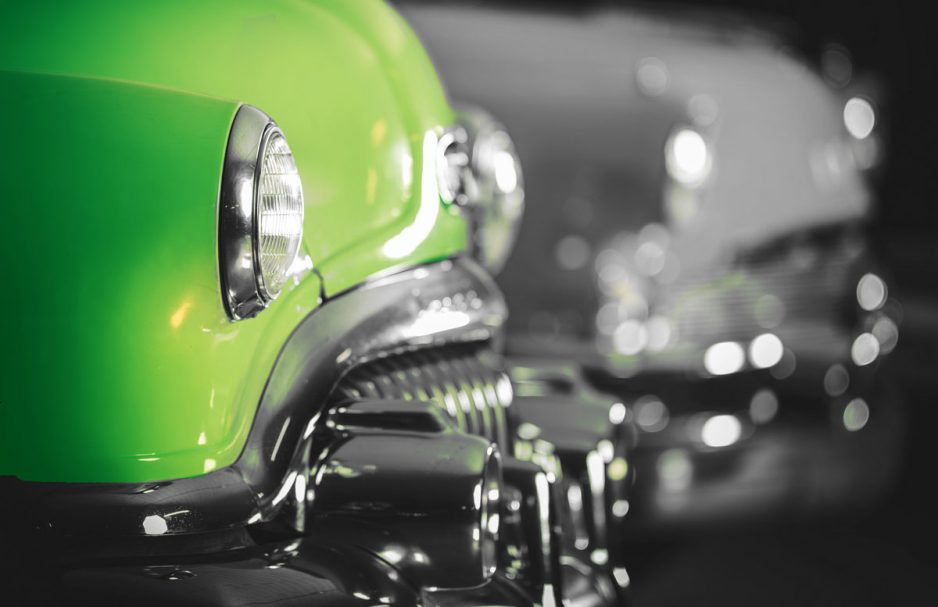
 Bidding is one of the few cases where quantity is quality. So let’s talk about how to start a bidding war over your car. Then we’ll get to work on fetching you more bids on your car and maybe even start a bidding war.
Bidding is one of the few cases where quantity is quality. So let’s talk about how to start a bidding war over your car. Then we’ll get to work on fetching you more bids on your car and maybe even start a bidding war.  1. Set a Competitive Price
1. Set a Competitive Price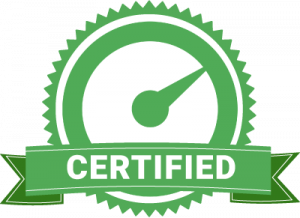 2. Qualify for Auction Certification Badges
2. Qualify for Auction Certification Badges 3. Look Your Best
3. Look Your Best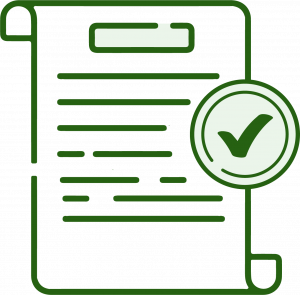 4. Keep Good Service Records
4. Keep Good Service Records 5. Take Photos of the Good Stuff
5. Take Photos of the Good Stuff
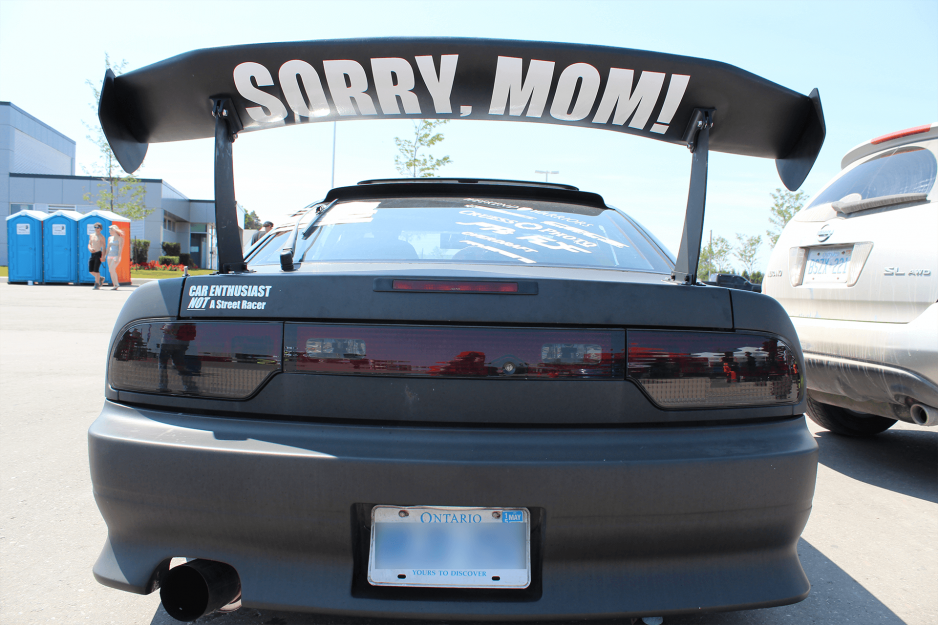
 Your car’s value is based mostly
Your car’s value is based mostly

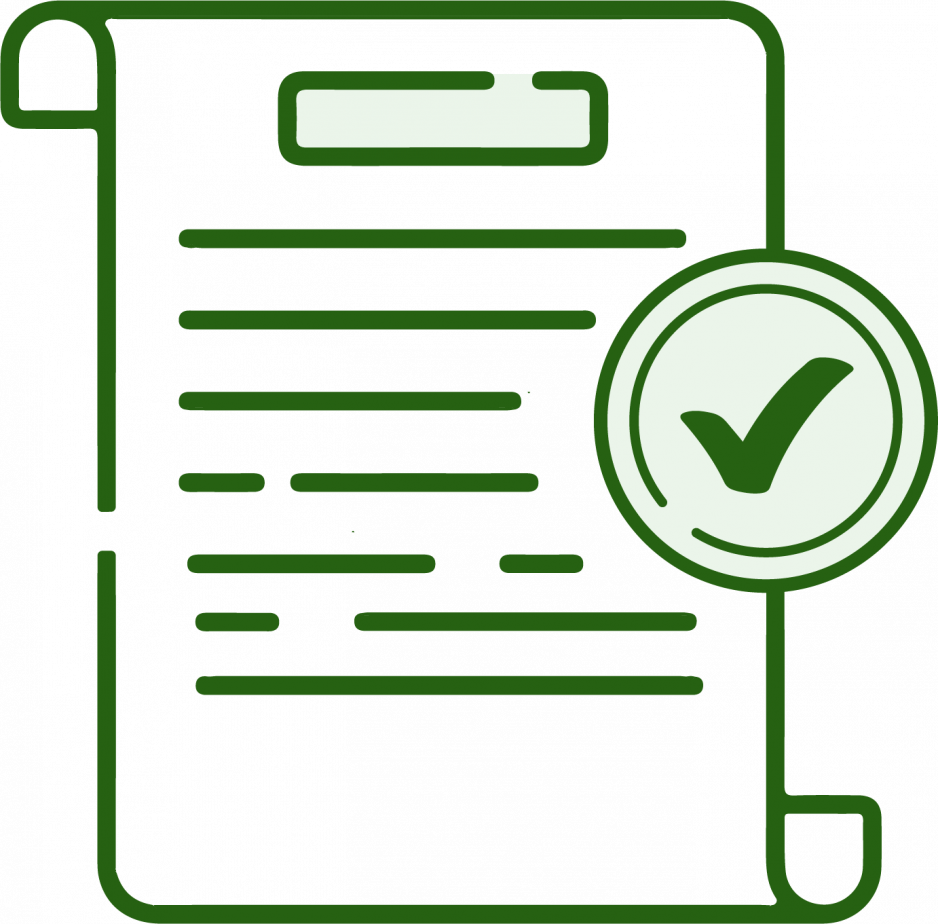
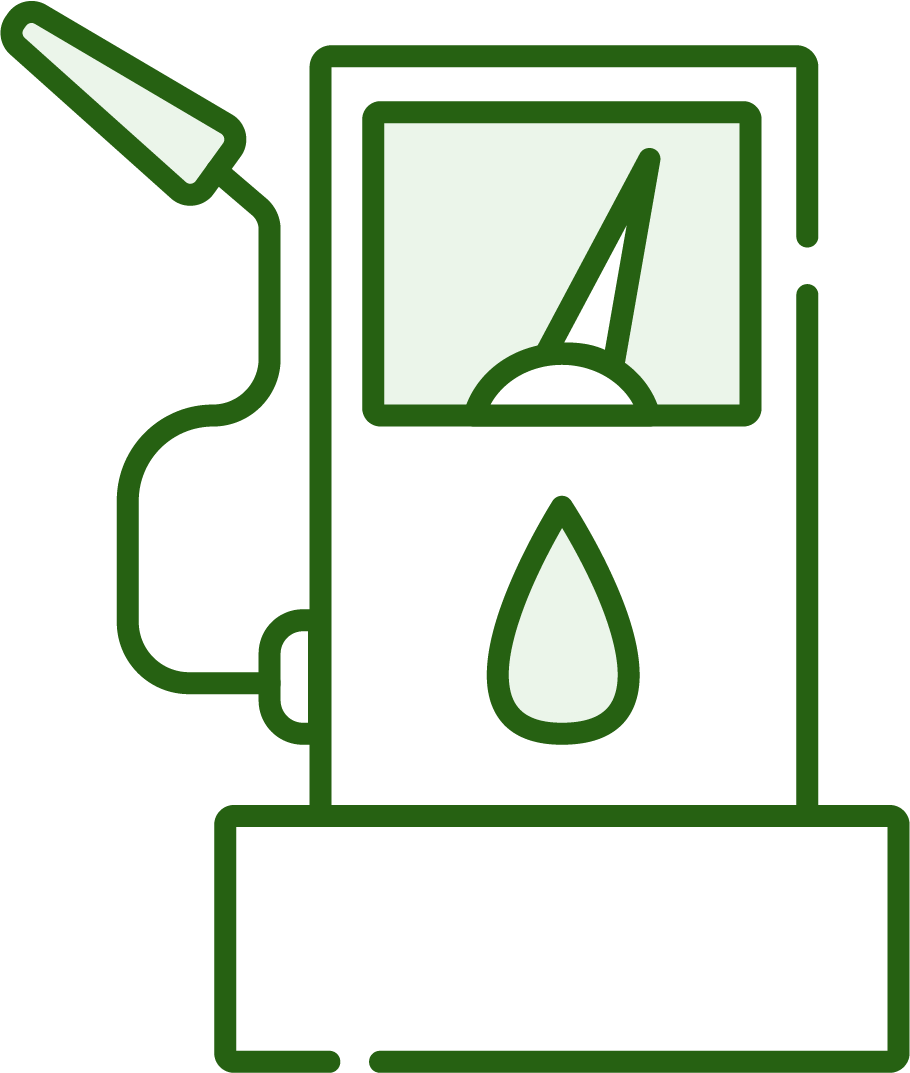 Fuel efficiency is a hot topic as gas prices continue to set new records. But with a few small tweaks you can save hundreds of dollars at the gas pump each year, improve road safety, and prevent wear and tear on your vehicle.
Fuel efficiency is a hot topic as gas prices continue to set new records. But with a few small tweaks you can save hundreds of dollars at the gas pump each year, improve road safety, and prevent wear and tear on your vehicle. 